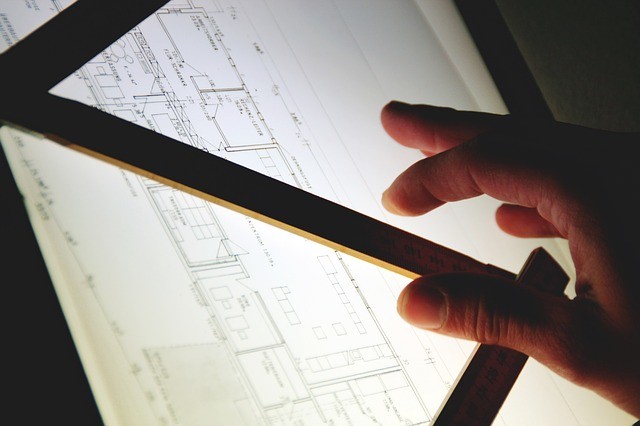Construction is a serious job. Whether it is a house, an office building, a commercial complex, or even just a barn in the farm, having a great design of the structure’s layout is crucial not only in ensuring aesthetic appeal but also full functionality.
Those working in the construction industry are not only concerned about the design flow, but also how it is going to be built. Together with the engineers and designers, they set to come up with the best possible combination of materials and creative ideas to bring their vision to fruition. Crucial to this process is sourcing the best materials possible.
Why Metals
The presence of metals in modern structures is quite commonplace. In fact, it’s practically rare to find structures that have no metal components in them, and for good reasons. Metals are known for their tensile strength, meaning they can resist pulling forces. Concrete, on the other hand, is good at resisting compression. So together, concrete and metal, can provide the ultimate stability to a structure.
Metals in general are easy to work with especially in building structures because they are known to be strong and durable. At the same time, they are versatile and flexible enough to have multipurpose use. Frames, beams, tubes, sheets, and many others all serve to improve the integrity of the structure. As such, it is crucial for architects to have access to a reliable supply of these materials.
Types of Metal
There are a vast array of metals used in construction. These include brass, copper, and muntz metal. Each of them possesses certain unique features that suit specific applications. Below are more information about them.
Brass
Brass is considered to be a binary alloy type, which means that it is composed of two metals, namely copper and zinc. There are sub-varieties of brass as well, depending on the ratio of copper and zinc present.
The biggest appeal of brass is that it is very easy to work with, especially with machines, because even though it is malleable enough to be shaped into different forms, its high strength remains the same. Brass also has a low melting point, which makes it perfect for casting application, particularly those with high zinc content. Meanwhile, those with lower zinc content are perfect for welding and brazing projects.
Another reason why brass is highly valued in architecture is that it has high aesthetic value. Brass can produce a wide range of colors, including golden yellow, which is why it is usually used to upgrade the look of the room at a more affordable value.
Copper
Otherwise known as the Red Metal, copper is most commonly used in electrical wirings because of its high conductivity. Apart from this, it is also commonly used in architecture because of its impressive malleability and ductility.
Architects and designers also love working with copper because of the natural patina that develops on its surface. The key to ensuring that it remains aesthetically pleasing is to keep it clean and shiny. Otherwise, the patina, which is a naturally occurring phenomenon, can easily turn into corrosion disaster.
Although it is mostly considered to be a weak metal in terms of tensile strength compared to all others, there is no doubt as to the reliability of its toughness. This makes it perfect for use in piping and tubing applications.
Muntz Metal
Muntz metal is a combination of copper and zinc, and is otherwise known as the Yellow Metal. Not only is it easy to work with, but it is also affordable. Considering that it shares a lot of the qualities of copper, this makes it highly preferable for architects and engineers. Even though it may be more cost-efficient, it does not mean that its quality suffers. In fact, the muntz metal’s durability is most impressive because it is actually resistant to corrosion. Those looking for a copper substitute could definitely turn to this metal.
If you need any of these metals, the best thing to do is to approach a reputable supplier who can give you quality materials, such as Rotax Metals.
Sources:
The Copper Advantage: A Guide to Working With Copper and Copper Alloys. Copper.org
Gold, Silver, Bronze, and More: Your Guide to Metallics. CascadeCoil.com


